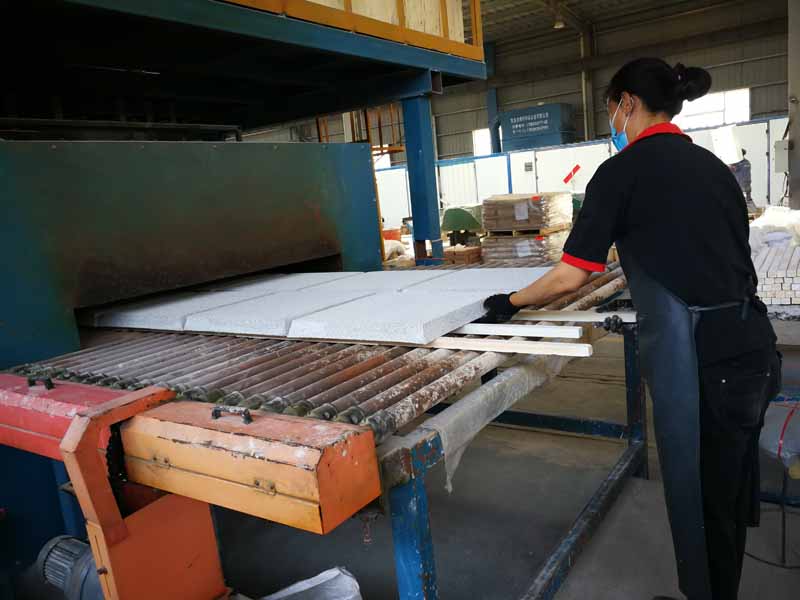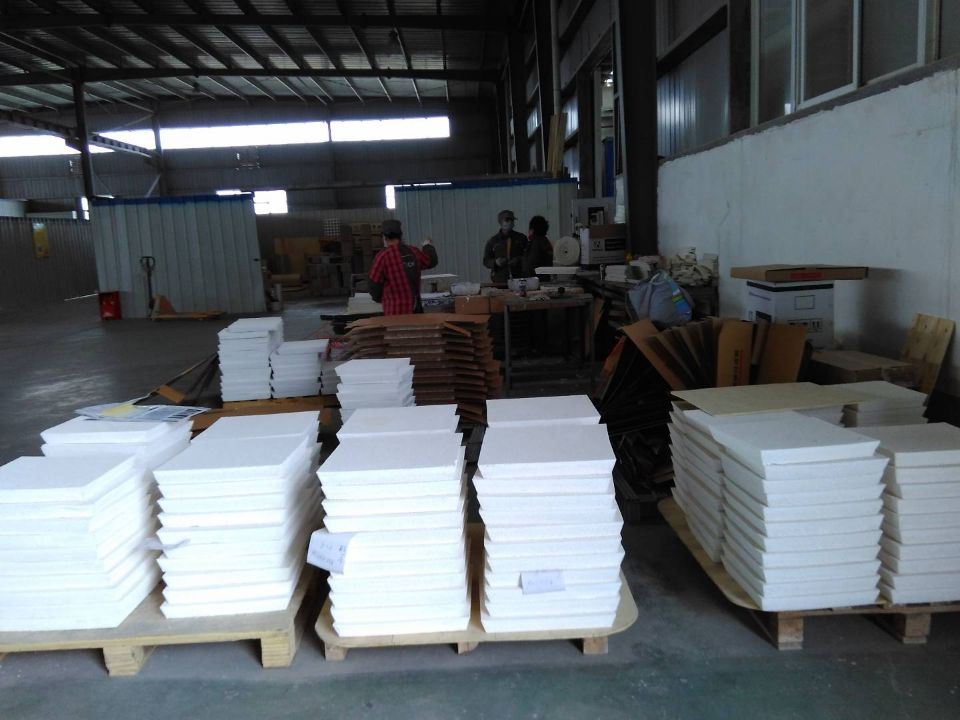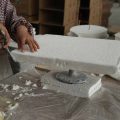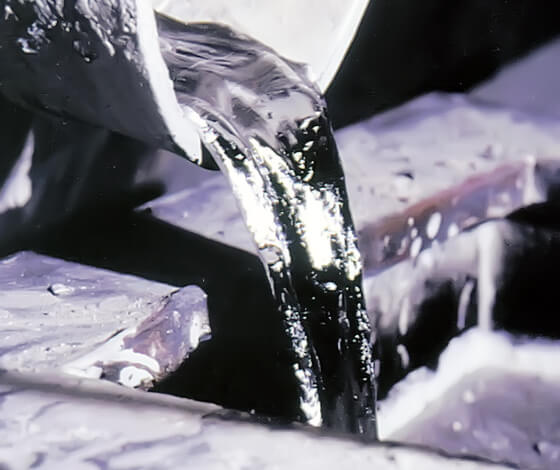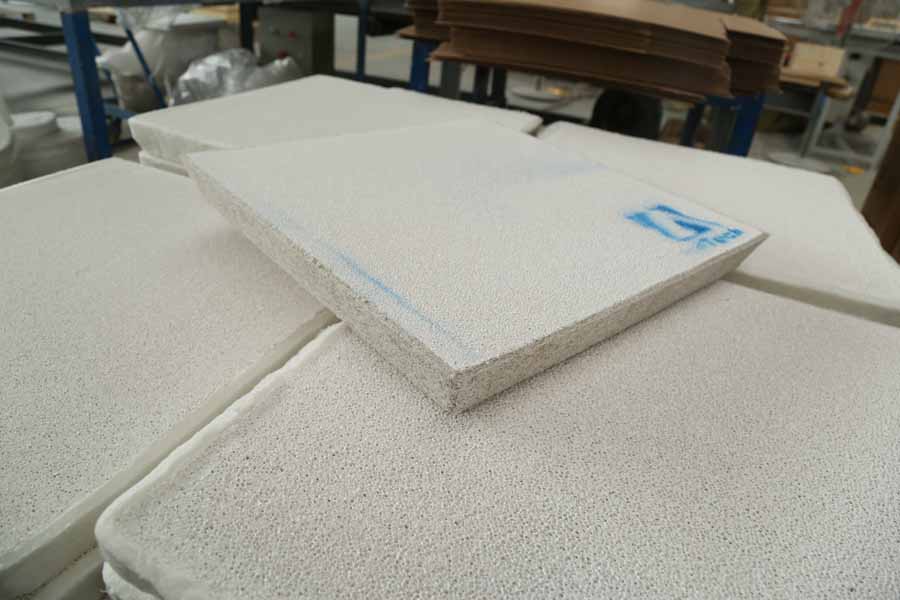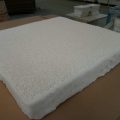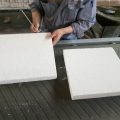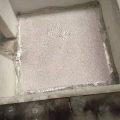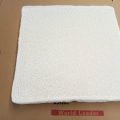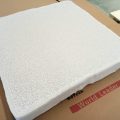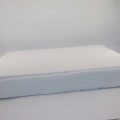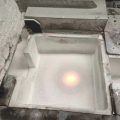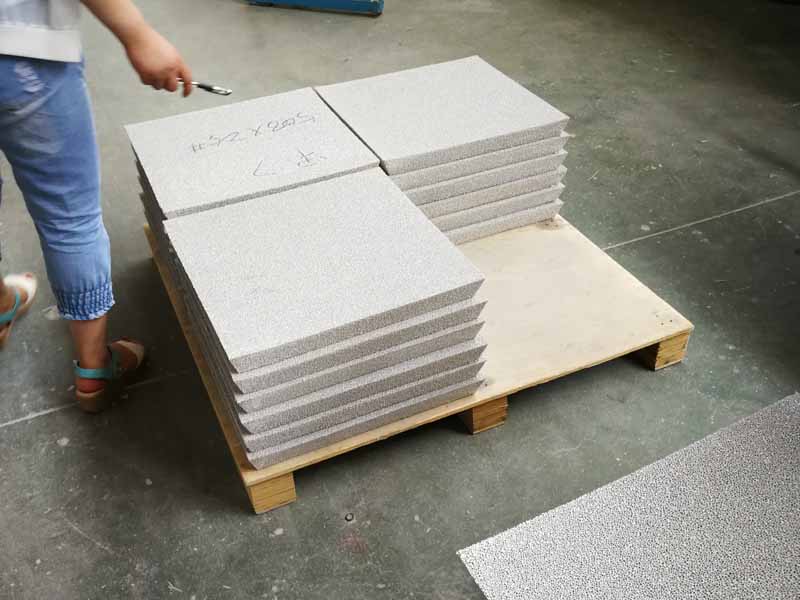Alu Porous Ceramic Filter refers to a ceramic foam filter for molten aluminum filtration.
Porous Ceramic Filter can be made of ceramic foam using a well-known method of preparation, where the organic foam is usually polyurethane foam, impregnated with an aqueous slurry, and the CF ceramic contains a binder material. The impregnated foam is dried to remove water and dry and burn The impregnated foam burns off the organic foam to make ceramic foam.
Nordic Aluminium said that Alu Porous Ceramic Filter plays an important role in improving the mechanical properties of castings
At present, the filtering device used to purify metal liquid is mainly Ceramic Filter, which can effectively intercept harmful impurities in the metal liquid, and convert the metal liquid from turbulent flow to laminar flow, and completely remove large impurities in the metal liquid and remove small ones from it. The inclusions can improve the organization structure, effectively reduce the gas and harmful elements in the metal liquid, and purify and homogenize the metal liquid.
Foundry Filter has good high temperature performance, aluminum metal liquid will not pollute the alloy, and has a good through-hole rate, which has good filtration and adsorption.
The capacity of oxide inclusions and flux inclusions in the metal solution is obtained.
It has good filtering and purification effects, and has excellent strength at high temperatures, thermal shock stability and chemical resistance.
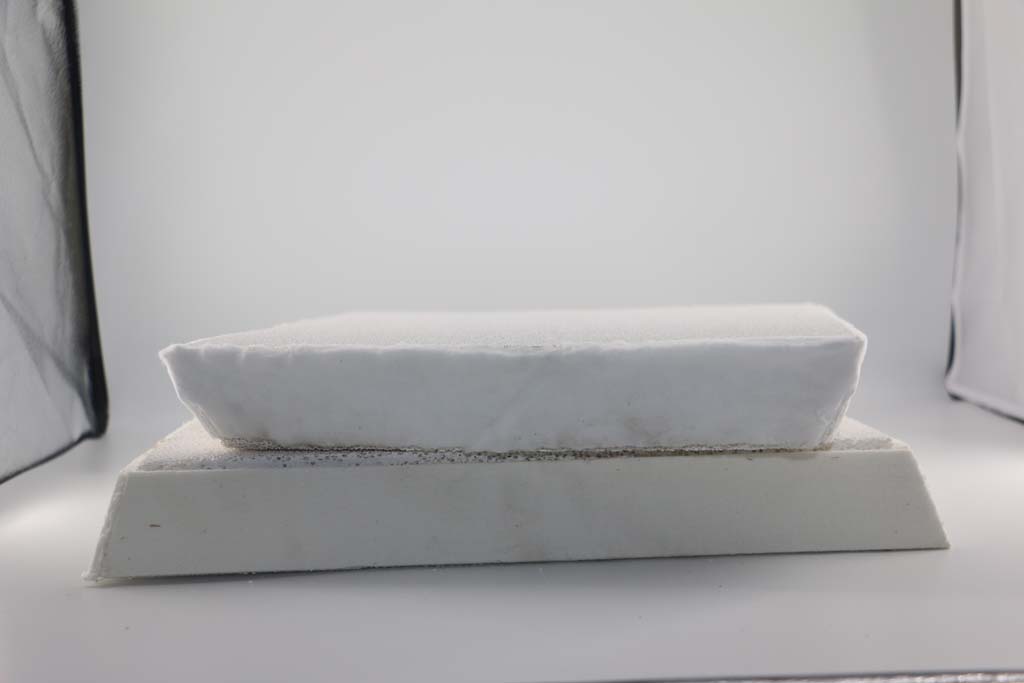
Alu Porous Ceramic Filter MANUFACTURING METHOD THEREOF
1. Provide slurry
The solid and liquid in the slurry can be mixed with a high-efficiency mixer during the preparation of the slurry.
The slurry contains at least 70% solids and no more than 30% liquid, more preferably at least 75% solids and no more than 25% liquid.
Even at least 80% solids and no more than 20% liquids.
For example, the slurry may consist of 80% solids and 20% liquid.
2. Coating slurry
Cut organic foam (such as polyurethane foam) into blocks of a certain size or other desired shapes.
The organic foam can be pre-treated before coating.
For example, the organic foam is heated or hydrolyzed to remove the blind film to ensure that the voids are not blocked and thus increase the porosity.
Before slurry dipping, the organic foam needs to be repeatedly extruded to remove air, and then slurry dipping (coating) is performed.
The impregnation (coating) of the slurry can be carried out by atmospheric adsorption method, vacuum adsorption method, mechanical rolling method or manual friction method.
Slurry impregnation (coating) is roll impregnation (coating). For example, the formulated slurry is applied to the cut polyurethane foam sponge by rolling to form at least one refractory coating.
The slurry impregnation can be performed once, twice or more times.
Preferably, the immersion of the slurry is repeated multiple times until the internal air is completely removed. The impregnated organic foam is extruded to remove the excess ceramic slurry to uniformly coat the slurry on the network structure of the foam, and the excess slurry is further extruded to form a green body.
3. Drying
The coated porous green body needs to be dried. Drying can be done in a cool place, by hot air, by infrared or by microwave.
4. Sintering
Preferably, the sintering temperature is 1000-1600°C, preferably 1050-1500°C, more preferably 1100-1450°C, such as 1300°C.
Sintering is performed in an oxygen-containing atmosphere, such as air.
Sintering can usually be carried out in a kiln such as a shuttle kiln or a push kiln.


